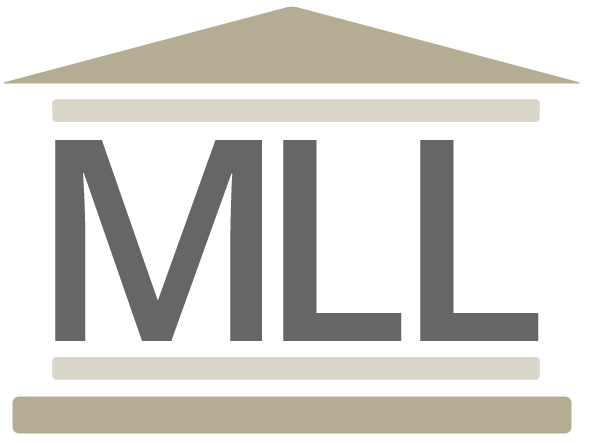Traditional Land Acknowledgements: More than Just a Gesture
Many of you will have noticed that a couple of years ago the Law Society began acknowledging the traditional territory of Indigenous peoples at the beginning of all of our CPD programs and other events. In doing so, we joined a growing number of organizations that routinely acknowledge the traditional territory of the Indigenous people who called this land home long before the arrival of European settlers. You can now hear similar acknowledgements at the start of Jets home games, concerts, religious and civic events and many other public gatherings.
When we began this practice we had a few lawyers ask why we were doing it. In the intervening years, some have commented appreciatively about it and others have remarked that it strikes them as a pro forma and empty gesture. A few fair minded and well intentioned people have expressed a genuine lack of understanding of the relevance of making a land acknowledgement at events that don’t have a direct connection to Indigenous issues, for example a CPD on costs in estate litigation. This article aims to shed some light on the purpose of the practice.
Why do we acknowledge the traditional territory of Indigenous peoples?
There are various reasons. Acknowledging the land and territory which you are on is a long-standing Indigenous cultural practice. Land is sacred to Indigenous people and much of their traditional knowledge and teachings derive from the land, so acknowledging the land is a way of showing respect for it, according to Stryker Calvez, a Saskatchewan based Indigenous educator and researcher. Adopting this practice is a way to prompt us to think about our relationships with Indigenous peoples as well as incorporate an Indigenous tradition into our usual mode of operations.
When asked, Alyssa Bird, an Anishinaabe-Kwe (Ojibway Woman) and Ininiwi-Iskew (Cree Woman) from Peguis First Nation of Treaty 1, and third-year law student at Robson Hall had this to say on the topic: “Manitoba is fully covered from north to south by treaties that were signed by Indigenous Nations and Crown. Indigenous Nations did not approach the negotiations and signing of the treaties lightly. Days were spent having discussions between leadership, traditional ceremonies were held to seek out guidance from the Creator and negotiations with treaty commissioners were extensive. Indigenous Nations deeply believed that entering into a treaty with the Crown would be the start of a meaningful and reciprocal relationship with those living within treaty boundaries. The acknowledgement and reminders of that treaty history and whose original homelands you’re on is an important practice and a small way to show respect and acknowledge the time when treaties were signed, because it is likely that those leaders, years ago, were also thinking of you.”
Since the Truth and Reconciliation Commission released its 94 Calls to Action in 2015, Canadians have been grappling with what reconciliation means practically and how to engage in it. The TRC defined reconciliation as being about “establishing and maintaining a mutually respectful relationship between Aboriginal and non-Aboriginal peoples in this country”. The Calls to Action enumerate a series of concrete steps we should take, but establishing a respectful relationship starts with the simple act of acknowledging one another – seeing the other for who they are and “making space” for them. This goes to the heart of one of the deepest human needs: to be understood and accepted. The approach Canada has taken toward Indigenous peoples for most of its history – denying their fundamental rights and attempting to forcibly assimilate them – has been in diametrical opposition to this basic human need.
Land acknowledgements are a way of creating space for Indigenous peoples. They are a way of saying “we see you, we acknowledge you were here on this land before us and we are committed to reconciling our relationship”. Taking a couple of minutes to recognize the traditional lands we are on gives us an opportunity to reflect on and re-frame our understanding of where we are. It demonstrates respect by acknowledging our history, which is that the communities we live in today were built on land that Indigenous peoples inhabited long before Canada became a country, and that functional and vibrant systems of Indigenous law and governance were replaced by European systems.
It is because generations of Indigenous people have suffered and continue to suffer profoundly from complex social problems as a result of the policies adopted by Canadian governments that we need to actively make space for and acknowledge Indigenous peoples – even at a CPD on costs in estate litigation.
In response to those who posit that land acknowledgements are pro forma and meaningless, we routinely sing “Oh Canada” at the start of many events and ceremonies without the suggestion that its meaning is diminished through repetition. Is this really any different?
Acknowledging that we are on the traditional territory of Indigenous peoples is a nod to our country’s history and a gesture of respect. It is but one of many steps on the journey toward reconciliation.

 Great LEXpectations RSS Feed
Great LEXpectations RSS Feed